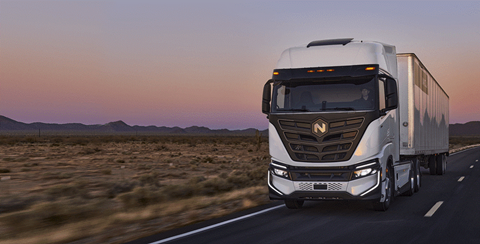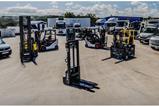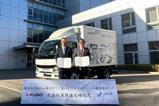IMC, a leading US logistics firm specialising in container transport, has placed a $22-million order for 50 Nikola fuel-cell trucks. The decision comes after a two-year test indicated battery electric vehicles weren’t suitable for the company’s operations in California, Arizona, and Nevada.

In September 2022, IMC had purchased six Class 8 battery-electric trucks from Volvo and installed charge points capable of servicing a fleet of 30. However, the firm found limitations in the battery-electric technology, citing a productivity challenge that allowed only four to six hours of truck operation within a 12-to-14-hour period under load. Joel Henry, the CEO of the marine drayage firm, expressed concerns about the sustainability of battery-electric vehicles for trucking companies that traditionally operate diesel tractors for about 20 to 24 hours a day.
Despite these challenges, California regulations mandate all new drayage trucks registered from 01 January 2024 must be zero-emission vehicles, in a bid to phase out fossil-fuel trucks from ports by 2035. In response, IMC has chosen Hydrogen fuel-cell trucks to comply with this regulation, acknowledging the limitations of battery-electric vehicles for their specific operational needs.
While IMC executives express caution about first-generation hydrogen technology, they believe the Nikola hydrogen trucks will bring significant improvements in reduced weight, improved efficiencies such as miles per gallon, and cost of operation in the coming years. However, concerns about refueling infrastructure persist, with the lack of public fueling stations requiring IMC to contract with a hydrogen fuel supplier to deliver tanker loads of hydrogen to its facilities.
Nikola, despite its troubled financial history, has reported selling 35 hydrogen trucks since serial production began in September. However, specific revenue details will only be disclosed during the company’s Q4 earnings call in February. IMC’s adoption of hydrogen trucks reflects the ongoing challenges and opportunities in the evolving landscape of sustainable transportation.


















